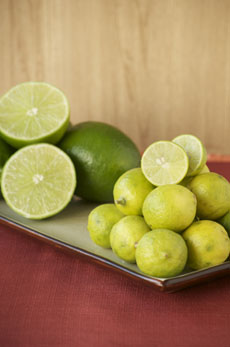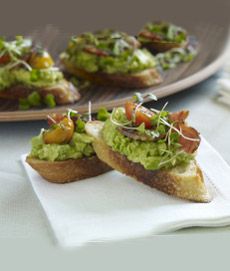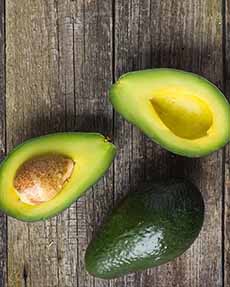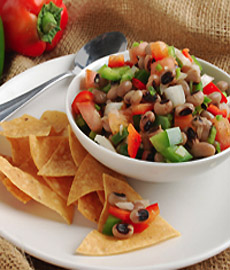|
December 27th is National Fruitcake Day and December is National Fruitcake Month. The most maligned food in America is not cilantro. It is fruitcake.
Unlike cilantro, which delivers a consistent take-it-or-leave-it flavor, regardless of where it is grown, it is producers who have manipulated cheap ingredients and preservatives into frightful fruitcakes.
But yes, Virginia, there is great fruitcake—the kind that, 100 and 200 years ago, people had reason to celebrate—and not just at Christmas. It was the wedding cake of choice.
Several weeks ago we received a simply superb fruitcake sold at Williams-Sonoma (and alas, now sold out). It was made by the fabulous Beekman Boys, a.k.a. Brent Ridge and Josh Kilmer-Purcell, of the website Beekman1802.com and the Planet Green reality series.
Made with a century-old family recipe, there’s no candied citron, maraschino cherries, or unrecognizable, nuclear-colored fruits in the Beekman 1802 fruitcake. It’s made with dried fruits soaked in applejack brandy (apricots, dates, cherries, figs, pineapple, raisins), brown sugar, butter, eggs, and flour. Every ingredient is delicious and the cake is so lovely, we didn’t share a bite of it.
> The history of fruitcake is below.
> So are beverage pairings with fruitcake.
|
|
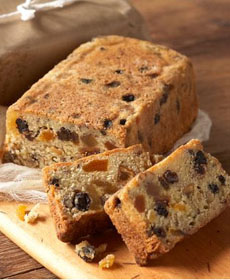
The luscious classic fruitcake from Beekman
1802 (photo © Williams-Sonoma). |
The recipe isn’t in the Beekman 1802 Heirloom Cookbook, although said book has a smashing carrot cake and a lovely gingerbread with exotic spices. We did, however, find the fruitcake recipe on the Beekman 1802 website. So start soaking those dried fruits in applejack or rum.
A magnificent fruitcake you can buy is from the food artisan Robert Lambert. It’s worth every penny.
BEVERAGE PAIRINGS WITH FRUITCAKE
We love a good cup of black tea with our fruitcake, or a spice tea like Constant Comment (which is also available in a decaffeinated version and a green tea version).
Port is the wine of choice, but other choices include:
Fruity or sweeter beers: cranberry ale, fruit beer and seasonal fruitcake beer, pumpkin ale, and May wine.
Sweet oloroso sherry.
Madeira, 5 or 10 years old (e.g. Bual).
Whiskey aged in sherry casks, like The Macallan.
A BRIEF HISTORY OF FRUITCAKE
The earliest known recipe for fruitcake dates to ancient Rome, using pine nuts, pomegranate seeds, and raisins. By the Middle Ages, honey, preserved fruits, and spices had been added and the cake was enjoyed throughout Europe. Recipes varied widely by region.
In the 16th century, sugar from the Caribbean—and the discovery that sugar could be used to preserve fruits—made fruitcakes more affordable and popular. Everything was delicious for a few centuries.
But the mass production of prepared foods that followed World War II led to low-priced and not great-tasting fruitcakes. Following tradition, people gave them as Christmas gifts, but few recipients enjoyed eating them. Many of them regifted their fruitcakes; thus the joke from comedian Johnny Carson, that there was only one fruitcake in the world and it got passed from person to person.
Bake yourself a really good fruitcake and see why it deserves its place among delicious Christmas foods.
CHECK OUT WHAT’S HAPPENING ON OUR HOME PAGE, THENIBBLE.COM.
|
